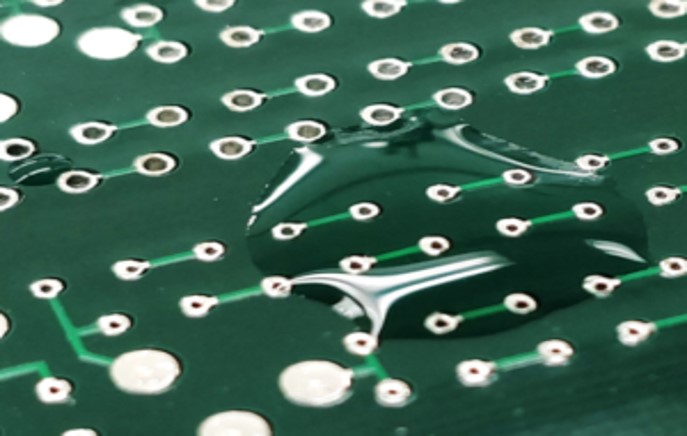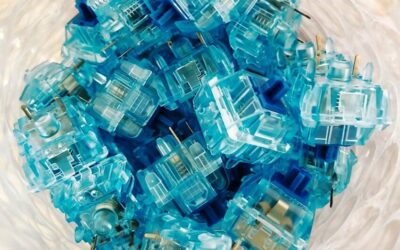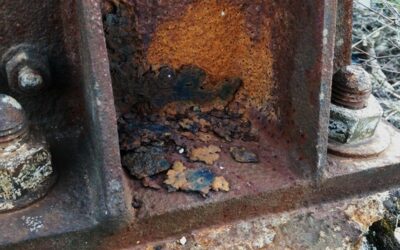Humidity testing is one of the most commonly used accelerated reliability test methods for electronics. Have you ever considered why? Here are 10 practical points about humidity testing and why it is so important and popular in electronics.
1. Humidity testing is easily available
Humidity testing is quite straight-forward type of testing. This means humidity tests are relatively easy to perform, with modest costs and the repeatability of results between various tests is good. Humidity testing is also performed in standard humidity test chambers which are readily available both in testing labs and R&D labs.
2. Very effective method for plastic parts
Even though humidity testing is a useful test for electronics, it is not the most efficient method to study all parts in electrical applications. For example, humidity testing often has a limited effect on solder joints. In general, humidity alone is not very effective test method for metals and ceramics unless corrosion processes are studied. But for plastic parts, such as printed circuit boards, adhesives, coatings, overmoulds and plastic casings, it is a very effective test. This is because humidity causes polymers for example to swell and change their dimensions. Furthermore, water may react with plastics or it can act as a plastizicer, causing the polymer to become soft and easily deformed.
3. Humidity and temperature accelerate each other
Usually humidity is combined with increased temperature in humidity testing because temperature and humidity accelerate the effect of one another. Increased temperature itself fastens reactions or cause new reactions to happen. However, when high temperature is combined with humidity, the test is commonly far more severe and efficient than the humidity or temperature alone would be.
4. Water may react with materials
Water from the environment may also react with material itself. Such reactions may be very slow at low temperatures and eventually cause unexpected failures in field conditions. Sometimes impurities are needed for the reaction to occur. Consequently, in reliability and durability testing elevated temperature or presence of impurities is often needed to accelerate the reactions. A good example of this is hydrolysis in which water attacks the polymer chains and breaks them. Hydrolysis eventually causes the material to crack. More information about hydrolysis can be found in this infographic.
5. It can be used to study the effect of impurities
In addition to humidity itself, impurities such as salt and chemicals tend to cause corrosion when combined with humidity. For example, flux residues or incorrect handling of parts with bare hands can cause severe corrosion in humidity testing or in humid environments. Salt and many impurities also conduct electricity, which increase the risk for leakage currents and electrical failures. As said, humidity alone is not effective for metals, but when impurities causing corrosion or conductive electrolytes are present, the situation changes.
6. Variety of humidity tests is available
Commonly used humidity tests combine a constant humidity level to a constant temperature level. 85°C /85% RH test is probably the most known example of this. In this test, a test temperature of 85°C and relative humidity of 85% are used. However, lots of other combinations are also widely used. Moreover, constant humidity testing is not the only type of humidity testing available.
Testing can also be conducted as cyclic humidity testing to study the effect of varying humidity conditions on materials. Sometimes cyclic tests are very efficient for accelerated testing and reveal failure mechanisms which might otherwise be overlooked.
Usually condensation of water is avoided humidity tests. However, if condensation could happen in use environment, its effect can be studied with condensing testing. In this test the humidity and temperature levels are cycled in a manner that produce condensation on the tested surfaces. Such test may be very harsh on electronics.
7. Very harsh humidity tests may be used for extreme acceleration
The commonly used 85°C /85% RH humidity test can sometimes already be extremely harsh and cause failures very quickly. However, it is possible to accelerate humidity testing even further by using HAST (highly accelerated stress testing) testing. These tests are conducted in a pressure cooker which enables the combination of a very hight temperature – above 100°C – with a high humidity level.
With such tests extreme acceleration may be achieved. However, it is important to notice that for many materials and structures these tests are too harsh and cause failures which would never occur in the field, such as cracking due to hydrolysis.
8. Popularity means tons of data
As humidity testing has been and still is a popular test both in industry and academic world, there are lots of data available about the effects of various humidity tests on different structures and materials. Numerous papers have been published about humidity tests in electronics and many of these papers include in-depth failure analysis giving a good idea of how and why humidity effected the studied structure. Therefore, it is often quite easy to find a reference to the different humidity tests and to their effects on various components.
9. Reliability prediction is possible – although with some limitations
Performing reliability testing brings always forth a question: How do the test result relate to the actual use conditions? Basically we want to predict the actual use life as accurately as possible. Answering this question is always tricky.
Since humidity testing has been widely conducted in electronics, there are also several acceleration models which have been composed on basis of these results. Many of these models are quite simple and prediction with them can be quite easily done. Some commonly used ones include Peck’s model and Lawson’s model. However, it is important to notice that acceleration models are typically built for certain structures and materials and this limits their use and accuracy considerable especially for complicated samples!
10. Excellent for validation testing
In addition to using humidity testing as reliability test, it is an excellent validation testing. As discussed earlier, validation testing is performed in the end of product development to verify functionality. Humidity testing can be very efficient test and therefore, only relatively short testing time is needed. Consequently, humidity test works very well for confirming that application performs like it should in humid conditions.




